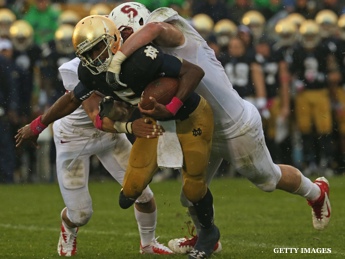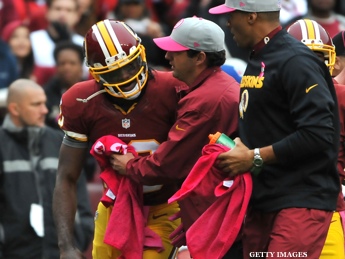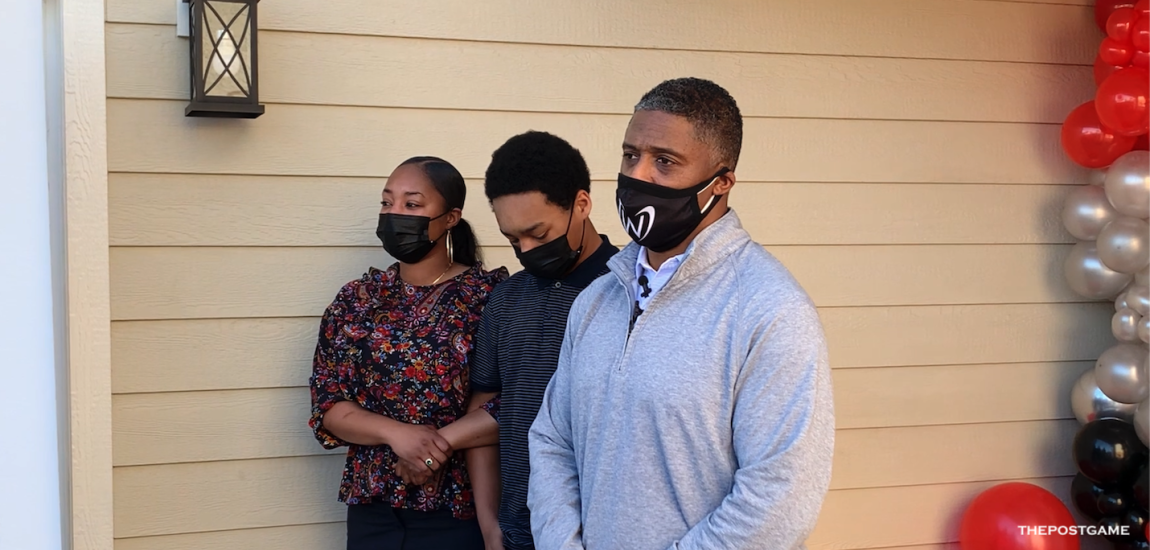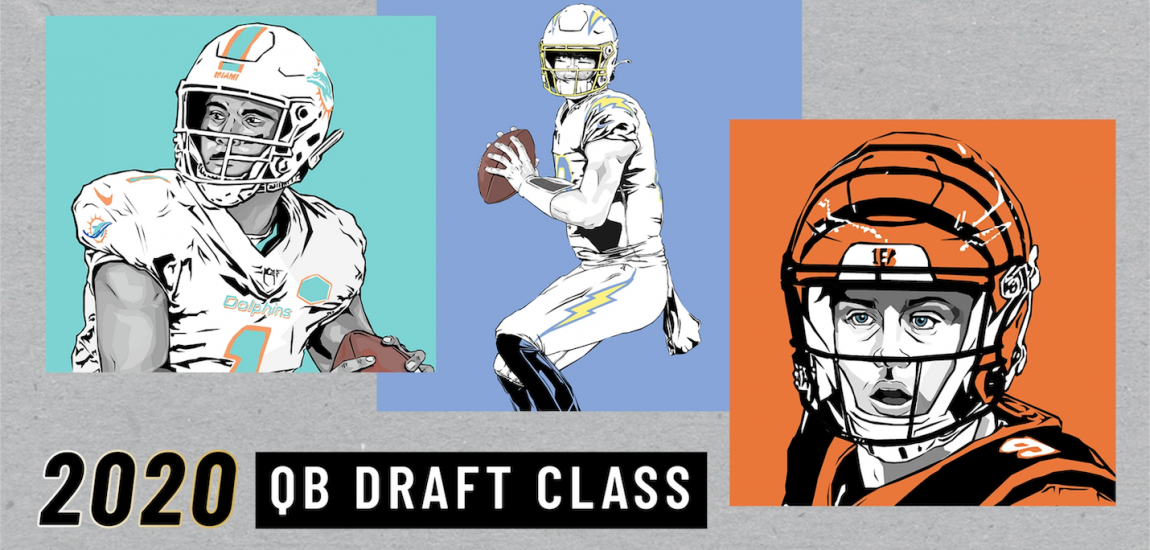If there's one thing we know about concussions, it's that we don't entirely understand concussions. That lack of comprehension manifested itself in the controversial way two football teams have dealt with the head injuries to their star quarterbacks.

Robert Griffin III, the second overall pick of the 2012 NFL draft, and Everett Golson, the starting quarterback of the undefeated Notre Dame Fighting Irish, both suffered concussions in recent weeks. Their stories have become cautionary tales for collegiate and professional teams dealing with head injuries to star players.
Golson's concussion occurred Saturday, during Notre Dame's win over the Stanford Cardinal. The redshirt freshman took a helmet-to-helmet hit in the fourth quarter, and he subsequently sat out the rest of the game. During a news conference on Sunday, head coach Brian Kelly said Golson was still "a bit symptomatic," but added that if all went well, Golson should be cleared to practice Tuesday.
Chris Nowinski, the co-director of Boston University's Center for the Study of Traumatic Encephalopathy and an expert in the field of traumatic brain injuries, was irked by Kelly's timetable and the expectations placed on Golson.
"It only adds pressure," Nowinski told the Chicago Tribune. "That information shouldn't be known. If the doctor actually said, 'I am confident he'll be ready Tuesday,' that should not be for public consumption. We know symptoms don't always show up Day 1."
As it turns out, Golson was not cleared to practice Tuesday, but Kelly did not rule him out for Saturday's game against BYU. Kelly said Golson has one more cognitive test to pass before being allowed to practice, and even if he did not practice Wednesday, he could still be cleared to practice Thursday and "help" the team Saturday.
Griffin's concussion occurred two weeks ago against the Atlanta Falcons when the heralded rookie took a hard hit from linebacker Sean Weatherspoon in the third quarter. The Redskins announced that Griffin had been "shaken up," and he did not return to the field. The team came under fire for using the phrase "shaken up."
"I'm not sure if it’s an appropriate phrase," said coach Mike Shanahan. "I think I use it all the time: 'This guy looks like he’s shaken up.' And that doesn’t mean he’s got a concussion. That’s why they go through these procedures, because they don’t let someone like me make those decisions, which they shouldn’t, because we’re not experts in that area. But the people that are experts, if you think a guy has something wrong with his head, we let the experts look at it."

Griffin was cleared to practice last week and dazzled in his return to the field Sunday. He threw for one touchdown and rushed for two others, including a spectacular 76-yard scramble. Still, some former players think he should not have been playing at all.
Former New York Giants running back Tiki Barber wrote that by benching himself, Griffin would have demonstrated to other football players that there is no need to rush back from a concussion.
Hunter Hillenmeyer, a former Chicago Bears linebacker who himself suffered multiple concussions during his playing career, told the Chicago Tribune that Griffin's position may have affected his ability to return.
"Only when it's a marginal player who can afford to be held out do teams err on the side of caution," Hillenmeyer said. "The conflicts of interest where trainers and doctors are paid by the team creates a situation where everyone's job, to some degree, depends on getting players back on the field as soon as possible."
While the Redskins have been criticized for their reporting of Griffin's injury, the NFL Players Association lauded the team for its handling of Griffin in the days following the concussion.




